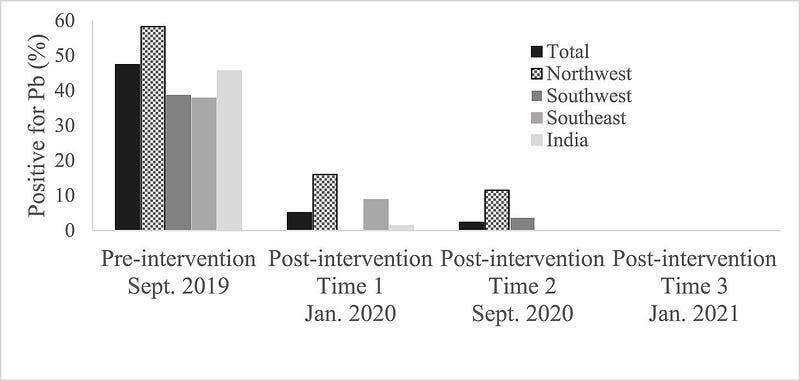# Turmeric and Food Fraud: Battling Adulteration in Bangladesh
Written on
Chapter 1: The Vulnerability of Turmeric
Turmeric, like many spices, faces significant risks of food fraud due to its high market value, complex supply chains involving numerous small-scale farmers and traders, and its appealing physical characteristics—specifically its vibrant color and aroma.
In a comprehensive survey conducted across Europe in 2021, 11% of turmeric samples were flagged for adulteration among 1,885 tested herbs and spices. A prevalent method of fraud involves the addition of unauthorized colorants, such as textile dyes and other unapproved food additives, which enhance the spice's visual appeal and perceived freshness.
Among the various colorants used to adulterate turmeric, lead chromate stands out as particularly concerning, along with substances like metanil yellow and Sudan dyes. In 2016, routine inspections by New York State food authorities revealed alarming lead levels in retail turmeric, prompting recalls of several brands. Similar findings were reported in India during the same period. Moreover, a study in Boston found that half of the turmeric samples purchased from local stores contained dangerously high lead levels.
In Bangladesh, research in 2019 identified lead chromate contamination in seven out of nine turmeric-producing regions, with lead concentrations exceeding acceptable limits by as much as 500 times.

Chapter 2: A Trader's Transformation
The case of Mohammad Abdullah Sheikh, a turmeric trader from Bangladesh, illustrates the issue's severity. Previously, he used lead chromate during the polishing of turmeric roots to enhance their color. This practice, learned from other traders after a devastating flood in 1988, allowed him to charge higher prices for his product. However, after participating in a national intervention program, he ceased using the hazardous dye and expressed remorse over his past actions, stating, "I have to answer to Allah that I used [lead chromate] in food."
The intervention, a collaboration between researchers and the Bangladesh Food Safety Authority, aimed to educate traders about the health risks associated with lead chromate in turmeric. Many traders, including Mohammad, were unknowingly feeding contaminated spices to their children.
Intervention strategies included raising public awareness through media, educating business owners and consumers about the dangers of lead chromate, and employing rapid detection methods to enforce existing policies against turmeric adulteration.
The video titled "Dr. Oz | S6 | Ep 11 | 14 Days To Shut Down Your Sugar Cravings | Full Episode" explores health interventions similar to those applied in the turmeric case.
Chapter 3: Positive Outcomes
The initiative yielded remarkable results, effectively eliminating lead chromate use in turmeric polishing mills. The prevalence of contaminated products plummeted from nearly half of samples to zero. In a major wholesale market in Bangladesh, the incidence of lead adulteration in turmeric samples dropped from 47% to 0%, while the percentage of turmeric processing mills using lead chromate decreased from 30% to none. Additionally, workers in these mills experienced a 30% reduction in lead blood levels.

In summary:
- The use of lead chromate in turmeric is a form of food fraud motivated by economic gain.
- Adulteration enhances the spice's color, increasing its market value.
- Researchers identified high lead levels in Bangladeshi turmeric and collaborated with local officials to address the issue.
- The intervention focused on education and enforcement, leading to excellent outcomes, including a complete cessation of lead chromate use in targeted mills.
Main Sources:
Forsyth, J.E., et al. (2023). "Food safety policy enforcement and associated actions reduce lead chromate adulteration in turmeric across Bangladesh." Environmental Research, 232, p.116328.
The Vice of Spice: Confronting Lead-Tainted Turmeric (2023), undark.org.
This article originally appeared in the popular newsletter, The Rotten Apple. Subscribe for weekly updates on food fraud and safety.